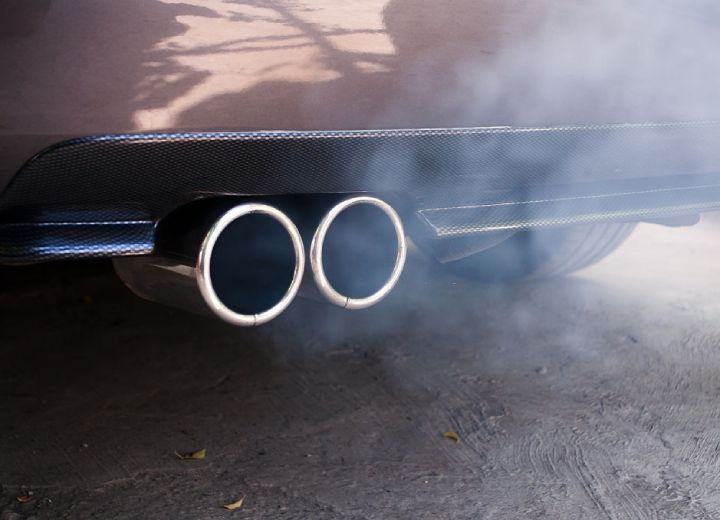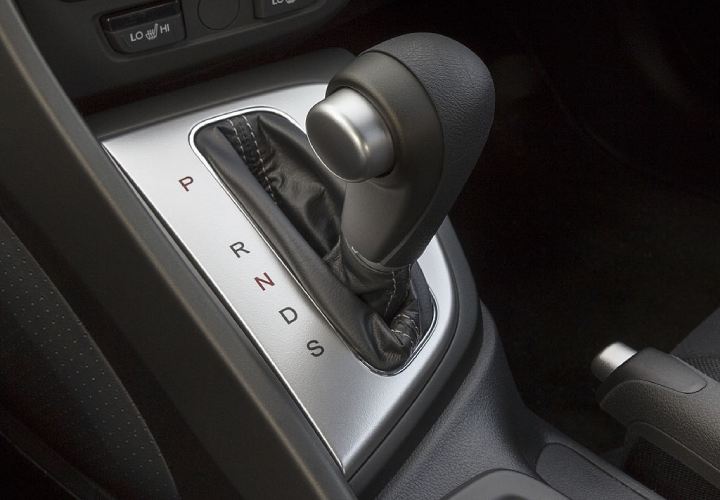Among your temperature, MPG, speed, and other information your instrument cluster might show you, you might have noticed a DTE label as well. However, some people might not know what it stands for and how to interpret it.
DTE stands for Distance To Empty, and as the name suggests, it will show you the distance in miles until your car runs out of fuel. Keep in mind that this figure is an estimate based on your current fuel economy. You should never rely on the DTE 100%, but it will give you a very close to reality indication if you need to fuel before your destination.

How accurate is DTE in your car?
The DTE will calculate your recent average fuel economy and will come up with an estimate based on how much fuel you have in the tank.
Bear in mind that this figure can and will fluctuate based on the driving conditions. If you check your range while driving in the city, your DTE will indicate a lower figure. If you hit the highway, this figure will increase as the car becomes more economical.
However, when coming off the highway and entering the city, don’t expect your range to be accurate. Your car will be less fuel-efficient in traffic than on highways. If the trip computer estimated another 200 miles on your tank, you will find out that the range will decrease rapidly.
Your DTE might not be 100% accurate, but it will definitely help you plan your longer journeys better and understand when you should stop for fuel.
The range displayed for short journeys might not be of much use as the car did not have enough time to figure out your driving style and conditions.
So, how accurate is the estimate from the DTE?
A recent study by the AAA on the accuracy of in-dash fuel estimates indicates that on average, the range displayed will get more accurate as the car gets closer to the end of its range.
Is it bad to run your car on low fuel?
As a result of range estimation displays in cars, drivers will sometimes drive on a low fuel tank.
However, it is essential to note that driving your car on low fuel regularly can damage your fuel pump. Dirt particles that can be found in the fuel will settle at the bottom of your tank, and whenerver your car is low on fuel, debris can get in your fuel pump.
Whenever your fuel tank gets to one quarter, I recommend filling up. Doing so will ensure you won’t find yourself in a situation where you are stuck in traffic, with the fuel light on and no gas station around.
How far can you drive on an empty tank?
Before disccussing how far you can drive on an empty tank, keep in mind that a recent study by AAA reveals that during 2019, the company responded to 488,000 out-of-fuel calls. I never recommend attempting to drive your car on an emty tank.
A common belief is that the vehicle will run another 50 miles after the fuel light turned on. The distance your car is able to run with an empty tank will depend on road conditions and driving habits.
How accurate is this figure? Below you will find a list of 10 of the most popular cars and how far they go after the fuel light is turned on:
- Honda Accord 45.69 miles on average
- Honda Civic 43.31 miles on average
- Toyota Corolla 44.91 miles on average
- Toyota Camry 42.75 miles on average
- Ford Focus 41.52 miles on average
- Ford F-150 38.96 miles on average
- Volkswagen Jetta 44.12 miles on average
- Mazda Miata 35.52 miles on average
- Volkswagen Golf 44.07 miles on average
- Chevrolet Silverado 34.03 miles on average
This data is based on real-life figures submitted by drivers on tankonempty.com
Driving on an empty tank can damage your fuel pump over time, as the car will start to pick up debris that settled at the bottom of the tank.
Why does my range go up and down?
As briefly mentioned before, the range estimation displayed by your instruments cluster is your current fuel consumption times the remaining fuel in your tank. For a better understanding, I will use two scenarios.
If your car has a 15 gallon tank, and you are driving on the freeway averaging 25 mpg, your range will show 375 miles left if you have a full tank.
However, if you have been driving in the city averaging 15 mpg, your DTE will indicate a range of 225 with a full tank.
The range displayed on your dashboard is taking into consideration your recent average mpg, therefore showing different range figures even though you have the same amount of fuel.
If you pay attention to your DTE just before you hit the highway, you will notice that the range will increase as you start driving on the highway. The car will use less fuel while doing constant speeds on a freeway than when driving in the city.
What is mpg in a car?
MPG stands for miles per gallon and is a metric used to display how many miles your car can travel for every gallon. The higher the figure, the more fuel-efficient your car is.
Every car manufacturer will supply three figures for the fuel consumption:
- Urban – city driving
- Extra-urban – highway driving
- Combined – a mix of city and highway driving
Keep in mind that the figures supplied by the manufacturer will be nearly impossible to replicate in the real-world, as they have been obtained in nearly perfect conditions.
To improve your MPG, there are various driving techniques, such as feathering the accelerator.
Is every car equipped with a DTE indicator?
Most modern cars have a DTE indicator, however, older car models are equipped with just a gas gauge. While not as precise as a DTE indicator, the gas gauge can still help you come up with a ballpark figure for how many miles you have left before running out of gas.
Final thoughts
I hope that now you have a better understanding of DTE and how you should interpret it. This trip computer function can be really handy, especially when driving for long distances.
It will help you decide when you need to refuel to make it to your destination safely.
You should never rely 100% on it, as the estimate is highly dependent on the recent driving conditions and is not able to predict any change in fuel consumption.
To ensure you will not run out of gas, I recommend filling up whenever your tank drops to one quarter. This will prolong the life of your fuel pump and ensure you will not run out of fuel.
Every since I was a little boy, I can remember spending the afternoons in my dad’s repair shop. I got my first car at 16 and it was the best feeling ever!
I have contributed to various automotive publications but decided it’s finally time to settle for something constant.








